Differences of LDPE, HDPE, and LLDPE
Polyethylene is one of the five major synthetic resins, and China is currently the importer and the second largest consumer of polyethylene. Polyethylene is mainly divided into high density polyethylene (HDPE), low density polyethylene (LDPE), linear low density polyethylene (LLDPE) three categories.
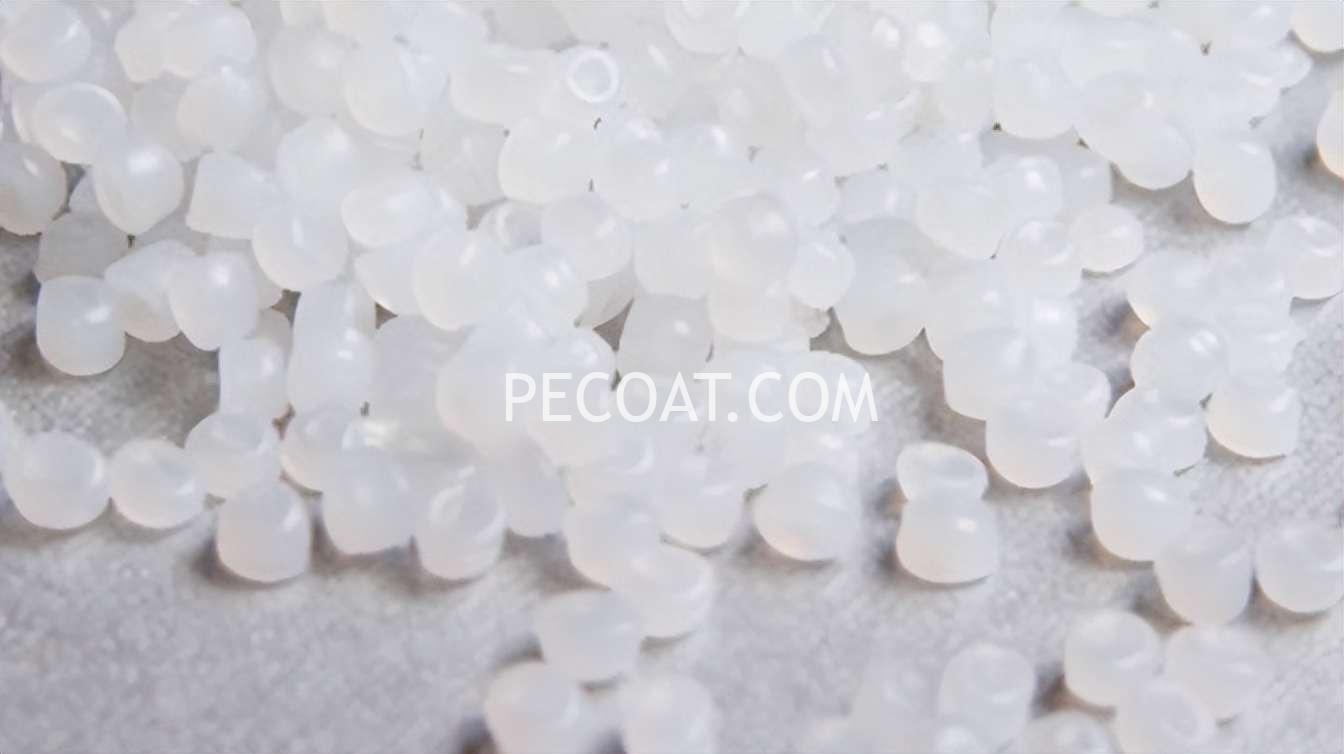
Comparison of properties of HDPE, LDPE and LLDPE materials
| HDPE | LDPE | LLDPE | |
|---|---|---|---|
| Odor toxicity | Non-toxic, tasteless, odorless | Non-toxic, tasteless, odorless | Non-toxic, tasteless, odorless |
| Density | 0.940~0.976g/cm3 | 0.910~0.940g/cm3 | 0.915~0.935g/cm3 |
| Crystalline | 85-65% | 45-65% | 55-65% |
| Molecular structure | Contains only carbon-carbon and carbon-hydrogen bonds, which require more energy to break | Polymers have smaller molecular weight and require less energy to break | It has less linear structure, branched chains, and short chains, and requires less energy to break. |
| softening point | 125-135℃ | 90-100℃ | 94-108℃ |
| Mechanical behavior | High strength, good toughness, strong rigidity | Poor mechanical strength | High strength, good toughness, strong rigidity |
| Tensile Strength | high | Low | higher |
| Elongation at break | higher | Low | high |
| Impact strength | higher | Low | high |
| Moisture-proof and waterproof performance | Good permeability to water, water vapor and air, low water absorption, and good anti-permeability | Poor moisture and air barrier properties | Good permeability to water, water vapor and air, low water absorption, and good anti-permeability |
| Acid, alkali, corrosion, organic solvent resistance | Resistant to corrosion by strong oxidants; resistant to acid, alkali and various salts; insoluble in any organic solvents, etc. | Resistant to acid, alkali and salt solution corrosion, but poor solvent resistance | Resistant to acids, alkalis, and organic solvents |
| Heat/cold resistant | It has good heat resistance and cold resistance, even at room temperature and even at low temperatures of -40F. It has excellent impact resistance and its low temperature embrittlement temperature is | Low heat resistance, low temperature embrittlement temperature | Good heat resistance and cold resistance, low temperature embrittlement temperature |
| Resistant to environmental stress cracking | good | better | good |
High-density Polyethylene
HDPE is non-toxic, tasteless, odorless, and has a density of 0.940 ~ 0.976g/cm3, which is the product of polymerization under low pressure conditions under the catalysis of Ziegler catalyst, so high-density polyethylene is also known as low pressure polyethylene.
Advantages:
HDPE is a non-polar thermoplastic resin with high crystallinity formed by ethylene copolymerization. The appearance of the original HDPE is milky white, and it is translucent to a certain extent in the meager section. It has excellent resistance to most domestic and industrial chemicals, and it can resist the corrosion and dissolution of strong oxidants (concentrated nitric acid), acid and alkali salts and organic solvents (carbon tetrachloride). The polymer does not absorb moisture and has good water resistance to steam, which can be used for moisture and seepage protection.
Cons:
The disadvantage is that the aging resistance and environmental stress cracking are not as good as LDPE, especially the thermal oxidation will reduce its performance, so high-density polyethylene adds antioxidants and ultraviolet absorbers to improve its shortcomings when making plastic roll.
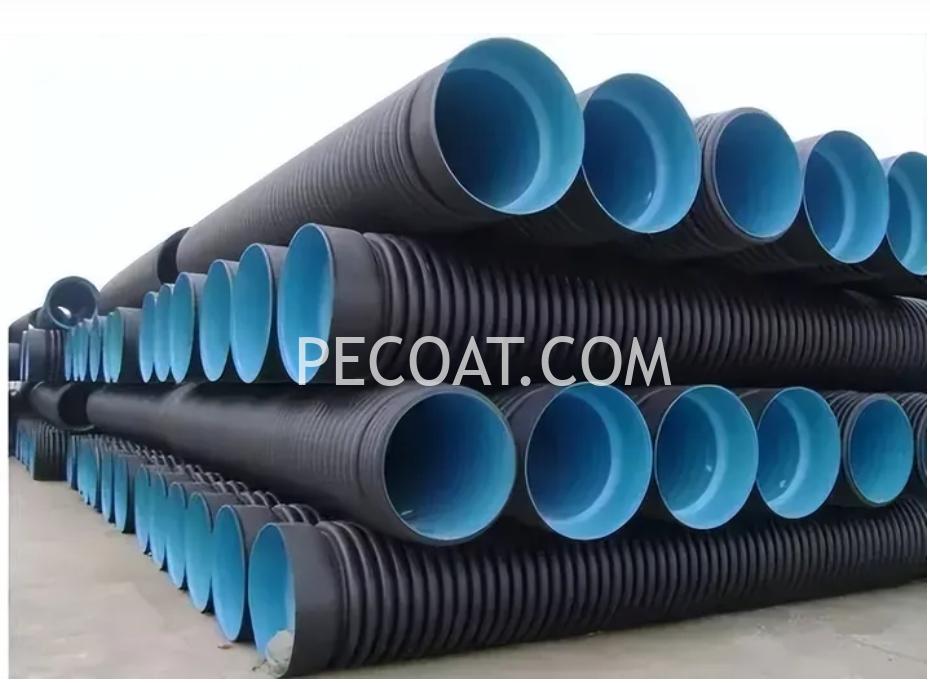
Low Density Polyethylene
LDPE is non-toxic, tasteless, odorless, and has a density of 0.910 ~ 0.940g/cm3. It is polymerized with oxygen or organic peroxide as a catalyst under high pressure of 100 ~ 300MPa, also known as high-pressure polyethylene.
Advantages:
Low density polyethylene is the lightest type of polyethylene resin. Compared with high-density polyethylene, its crystallinity (55%-65%) and softening point (90-100 ℃) are lower. It has good softness, extensibility, transparency, cold resistance and processability. Its chemical stability is good, can withstand acid, alkali and salt aqueous solution; Good electrical insulation and gas permeability; Low water absorption; Easy to burn. The property is soft, with good extensibility, electrical insulation, chemical stability, processing performance and low temperature resistance (resistance to -70℃).
Cons:
The disadvantage is that its mechanical strength, moisture insulation, gas insulation and solvent resistance are poor. The molecular structure is not regular enough, the crystallinity (55%-65%) is low, and the crystallization melting point (108-126℃) is also low. Its mechanical strength is lower than that of high-density polyethylene, its anti-seepage coefficient, heat resistance and anti-aging resistance are poor, and it is easy to decompose and discolor under sunlight or high temperature, resulting in a decline in performance, so low-density polyethylene adds antioxidants and ultraviolet absorbers to improve its shortcomings when making plastic sheets.
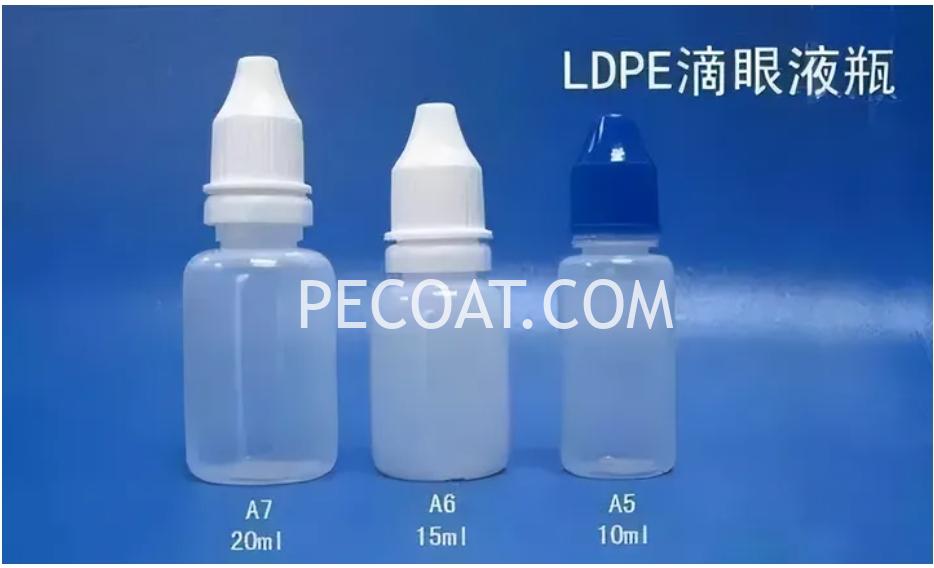
Linear Low Density Polyethylene
LLDPE is non-toxic, tasteless, odorless, and has a density between 0.915 and 0.935g/cm3. It is a copolymer of ethylene and a small amount of advanced alpha-olefin (such as butene-1, hexene-1, octene-1, tetrmethylpentene-1, etc.) polymerized under high pressure or low pressure under the action of a catalyst. The molecular structure of conventional LLDPE is characterized by its linear backbone, with few or no long branched chains, but containing some short branched chains. The absence of long branched chains makes the polymer more crystalline.
Compared with LDPE, LLDPE has the advantages of high strength, good toughness, strong rigidity, heat resistance, cold resistance, etc., but also has good resistance to environmental stress cracking, tear strength and other properties, and can resist acid, alkali, organic solvents and so on.
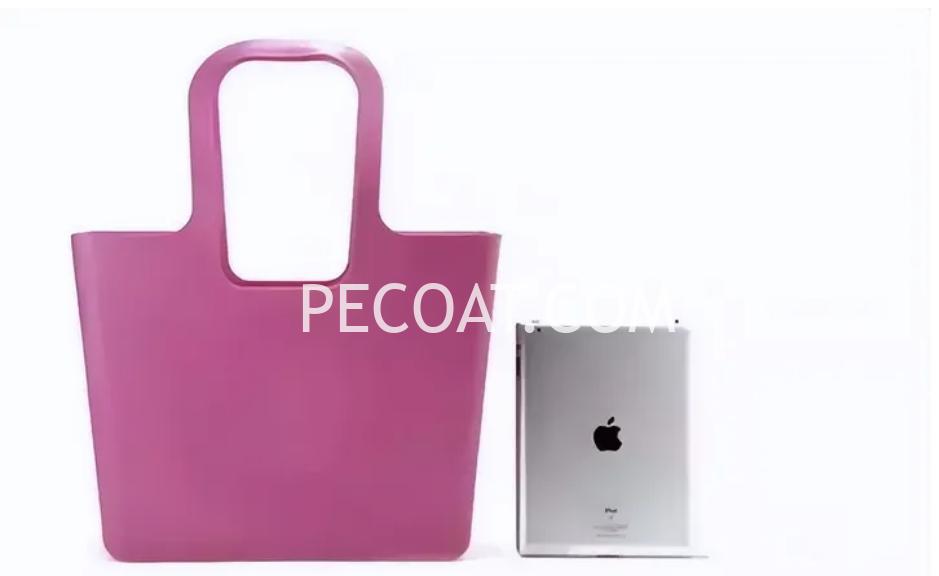
Distinguishing method
LDPE: Sensory identification: soft feel; White transparent, but the transparency is average. Combustion identification: burning flame yellow and blue; When burning smokeless, there is a paraffin smell, melt dripping, easy to draw wire.
LLDPE: LLDPE can swell in contact with benzene for a long time, and become brittle in contact with HCL for a long time.
HDPE: The processing temperature of LDPE is lower, about 160 degrees, and the density is 0.918 to 0.932 grams/cubic centimeter. HDPE processing temperature is higher, about 180 degrees, the density is also higher.
Summary
In summary, the above three kinds of materials play their important roles in different types of seepage prevention engineering. HDPE, LDPE and LLDPE three kinds of materials have good insulation and moisture-proof, impermeability, non-toxic, tasteless, odorless performance makes it in agriculture, aquaculture, artificial lakes, reservoirs, river applications are also extremely extensive, and by the Ministry of Agriculture of China Fisheries Bureau, Shanghai Academy of Fisheries Science, the Institute of fishery machinery and instruments to promote and popularize the application.
In the medium environment of strong acids, strong alkalis, strong oxidants and organic solvents, the material properties of HDPE and LLDPE can be well played and utilized, especially HDPE is much higher than the other two materials in terms of resistance to strong acids, strong alkalis, strong oxidation properties and resistance to organic solvents. Therefore, HDPE anti-corrosion coil has been fully utilized in the chemical industry and environmental protection industry.
LDPE also has good acid, alkali, salt solution characteristics, and has good extensibility, electrical insulation, chemical stability, processing performance and low temperature resistance, so it is widely used in agriculture, water storage aquaculture, packaging, especially low-temperature packaging and cable materials.
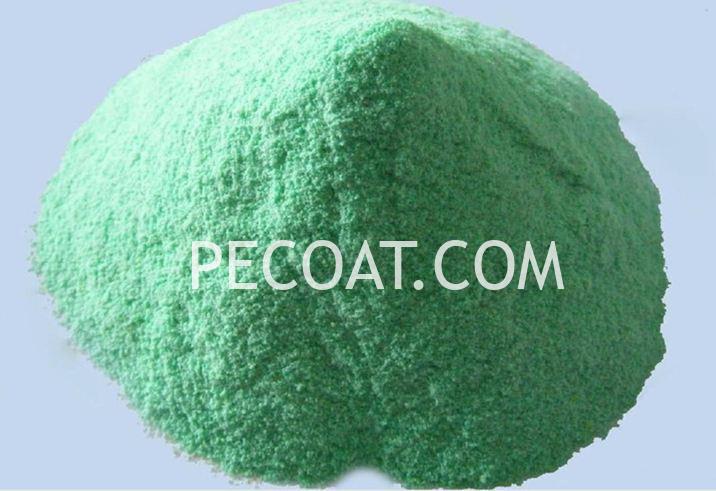

Leave a Reply